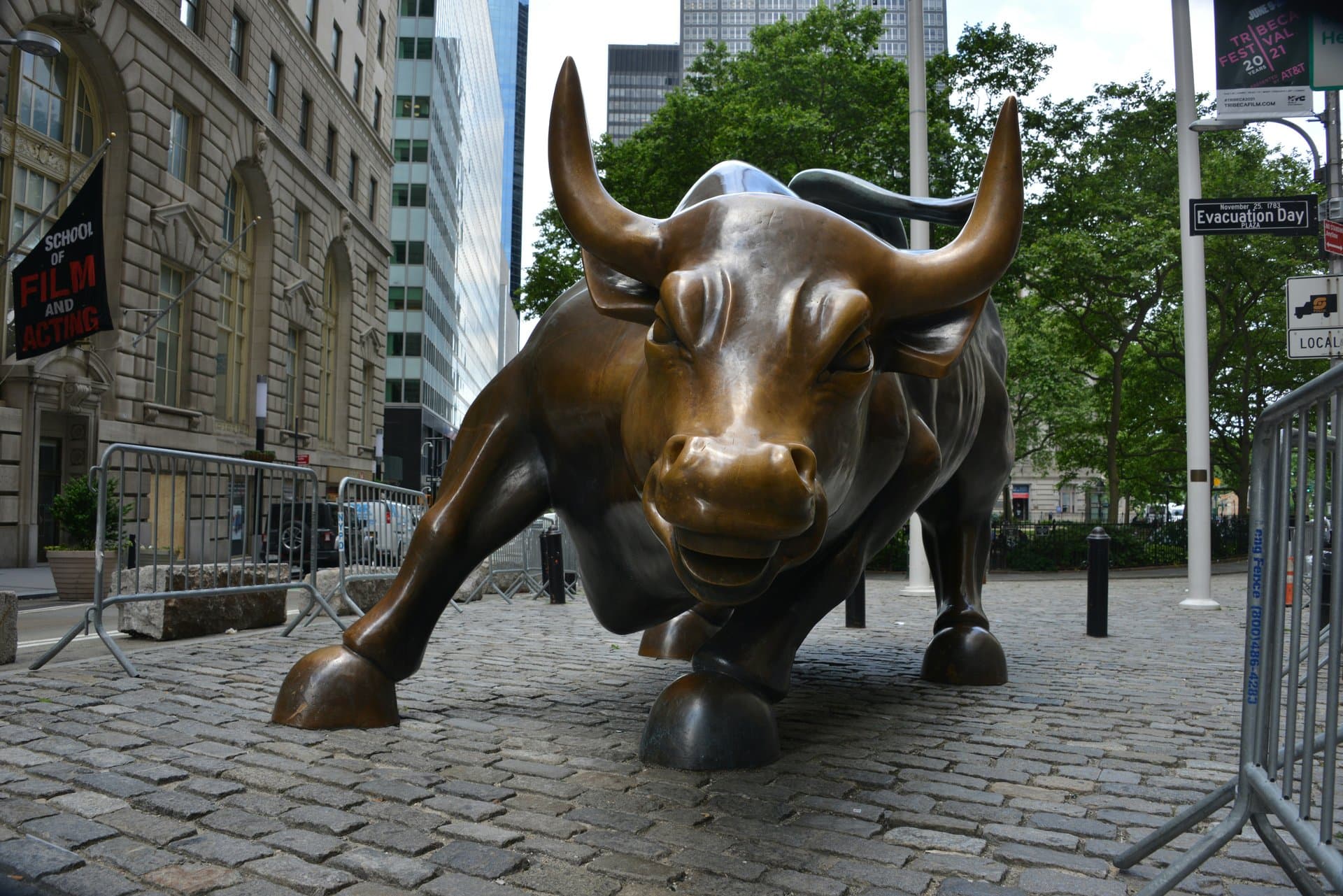S&P 500 and Dow Futures Rally on Rate-Cut Hopes; UnitedHealth Surges
Explore how rising expectations of Federal Reserve interest rate cuts and UnitedHealth’s stock jump are reshaping S&P 500 and Dow futures, signaling shifts in market sentiment and sector dynamics.

Key Takeaways
- S&P 500 and Dow futures rose on expectations of a September Fed rate cut.
- UnitedHealth shares surged over 12% premarket after Berkshire Hathaway increased its stake.
- Healthcare sector led S&P 500’s best weekly performance in three weeks.
- Fed’s last rate cut was in December; markets price in a 25-basis-point cut next.
- Applied Materials and other chipmakers fell amid weak demand and tariff concerns.

The U.S. stock market is buzzing with fresh optimism as futures tracking the S&P 500 and Dow Jones Industrial Average climbed, fueled by growing expectations of an interest rate cut by the Federal Reserve in September. This shift in sentiment is not just a numbers game; it reflects a deeper narrative of economic recalibration amid easing inflation and labor market softness. Adding fuel to the fire, UnitedHealth Group’s shares jumped more than 12% in premarket trading after Warren Buffett’s Berkshire Hathaway revealed a new investment, spotlighting healthcare’s resilience. This article unpacks the forces behind these market moves, the role of rate-cut expectations, and what investors should watch next.
Riding Rate-Cut Waves
Imagine the Federal Reserve as the economy’s thermostat, adjusting interest rates to keep things comfortable. Recently, signs like softer labor markets and easing inflation have traders betting that the Fed will dial down rates by 25 basis points in September. This expectation has pushed futures for the S&P 500 and Dow higher, as cheaper borrowing costs promise to unlock spending and investment. But it’s not just about numbers; it’s about the mood shift. Investors are moving from caution to cautious optimism, hoping that lower rates will breathe life into sectors that have been under pressure.
Yet, this isn’t a guaranteed party. Analysts at MUFG note that while a 25bps cut is almost fully priced in, hopes for a bigger 50bps cut have cooled. The market’s dance with the Fed is delicate—too much optimism could mask stubborn inflation or geopolitical risks. Still, for now, the prospect of easier money is enough to lift spirits and futures alike.
UnitedHealth’s Market Leap
When Berkshire Hathaway, Warren Buffett’s investment powerhouse, raises its stake in UnitedHealth Group, Wall Street listens. UnitedHealth’s shares jumped over 12% in premarket trading, a surge that rippled through the healthcare sector. This leap isn’t just a lucky break; it’s a testament to UnitedHealth’s strong quarterly earnings and effective cost management amid a challenging healthcare landscape.
Healthcare has been a mixed bag this year, with UnitedHealth’s shares down about 46%, dragging the Dow behind other indexes. But this week, the sector turned the tide, posting its best weekly performance in three weeks. Other insurers like Elevance, Centene, and Molina also gained more than 4.4% before the bell. UnitedHealth’s rally highlights how a well-managed, defensive sector can shine even when broader markets wobble.
Sector Shifts and Market Sentiment
The Fed’s anticipated rate cut is reshaping market dynamics beyond just futures prices. Rate-sensitive sectors like real estate, technology, and utilities are poised to benefit from cheaper financing, potentially sparking a rotation toward growth-oriented stocks. Meanwhile, the healthcare sector’s recent outperformance signals investors’ search for stability amid uncertainty.
However, not all sectors are basking in the glow. Chip equipment makers like Applied Materials saw a sharp 14.8% drop after issuing weak forecasts tied to sluggish demand from China and tariff-related risks. KLA and Lam Research also fell by over 5%, underscoring the uneven impact of global trade tensions. Intel bucked the trend, rising 2.8% after reports of potential U.S. government investment talks, showing how policy moves can sway individual stocks.
Global Factors and Commodities
Beyond U.S. borders, global economic and geopolitical developments add layers to market sentiment. Slowdowns in Europe and China, coupled with tariff uncertainties, keep the Fed on alert. Investors are watching closely as President Donald Trump and Russian President Vladimir Putin prepare to meet in Alaska, hoping for progress on the Ukraine conflict—a factor that could influence oil prices and broader market stability.
Crude oil prices slipped to around $65 a barrel amid these developments, reflecting cautious optimism. Commodities often act as a barometer for geopolitical tensions, and any breakthrough or setback in diplomatic talks could ripple through markets. This global backdrop reminds investors that while domestic rate cuts matter, the world stage remains a wildcard in the financial narrative.
Watching Consumer Signals
As futures climb and sectors shift, the spotlight now turns to the American consumer—the engine of the U.S. economy. July retail sales data and the University of Michigan’s consumer confidence report are due soon, offering clues about spending habits and economic health. These reports will test whether the optimism baked into futures and stocks aligns with real-world behavior.
If consumers pull back, it could temper expectations for rate cuts and market gains. Conversely, strong retail sales and confidence would reinforce the narrative that lower rates will stimulate growth. Investors, therefore, are not just betting on Fed moves but on the resilience of everyday Americans navigating inflation and economic uncertainty. The coming data will either validate the rally or prompt a recalibration.
Long Story Short
The recent rally in S&P 500 and Dow futures underscores a market eager for relief through Federal Reserve rate cuts, with UnitedHealth’s surge exemplifying how strong corporate moves can amplify broader optimism. While the healthcare sector shines as a defensive beacon, the mixed signals from chipmakers and global uncertainties remind us that markets are a complex dance of hope and caution. Investors should savor the current momentum but keep a watchful eye on upcoming retail sales data and consumer confidence reports, which will reveal the true pulse of the American consumer. In this evolving landscape, balancing enthusiasm with vigilance is the key to navigating the next chapters of market performance.